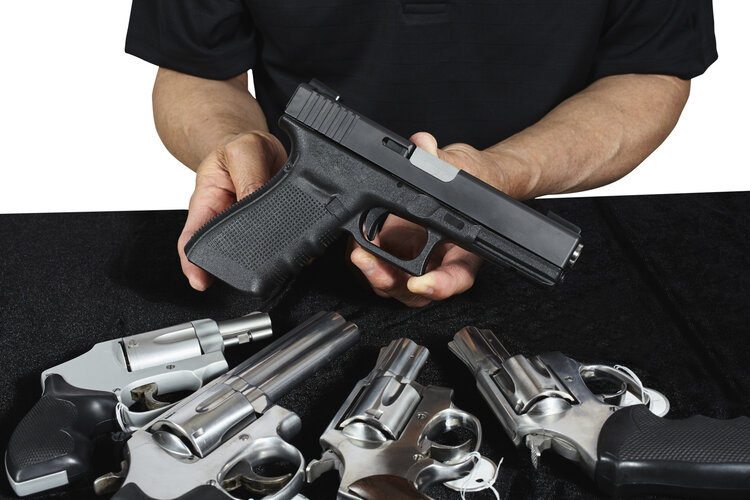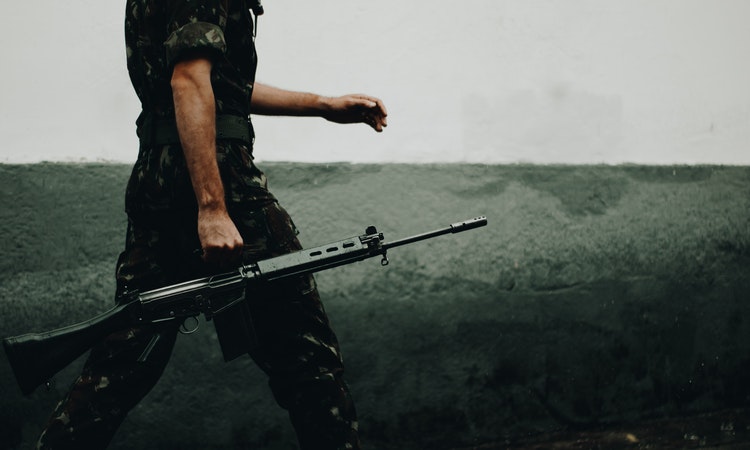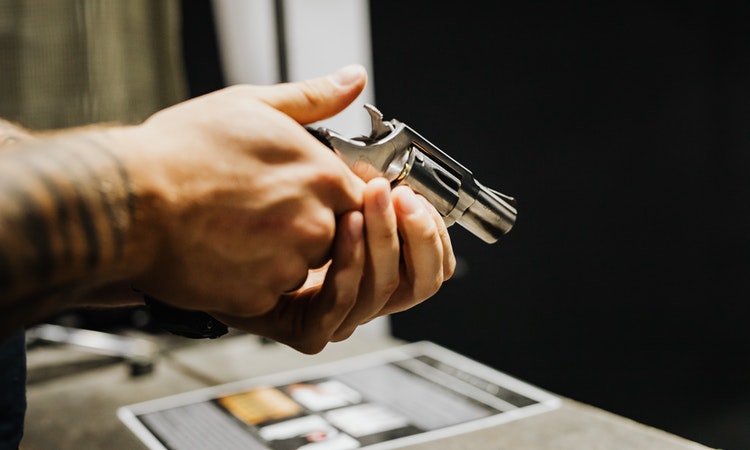How Do Guns Work? A Complete Guide
Do you own a gun? Studies show that 32% of American adults own a personal gun.
Since their initial development, guns have been a powerful tool in various aspects of our lives. Gun use ranges from self-defense, protection, hunting, and as a hobby or way to relieve stress. Western media features many types of guns, but how do guns work?
Is it your first time handling or buying a gun? This article covers everything you need to know about gun technology and shooting a gun. Read on to discover more.
How Do Guns Work? A Complete Guide
The Firing Sequence
It’s crucial to take precautionary measures when holding or using a gun. Always point the firearm towards a safe direction where it can cause little-to-no damage. The ideal direction to point a gun when not in use is downrange.
Following safety rules is vital when loading and unloading the firearm. It prevents accidents and damages when pointed in a safe direction. Don’t point the gun on a target you don’t intend to shoot.
Feeding
The term used when loading a gun with bullets is feeding. Feeding is the process of transferring cartridges from their source to the gun. The breach bolt slides the load into the chamber.
A cartridge is an ammunition composing the primer, powder, and bullet. The chamber is a part of the barrel that accepts the cartridge to fire.
You can perform manual feeding or use clips and magazines to do so. The clip is a tool to load the magazine. The magazine is the storage unit for the bullets that feeds the chamber.
Chambering
The method for inserting cartridges into the gun chamber is chambering. As mentioned, the bolt slides the cartridge to the barrel chamber. The bolt face inserts new loads to the barrel chamber as the bolt carrier keeps moving forward.
The extractor removes and ejects the casing of the cartridge fired as the carrier loads. It gives room for new rounds.
Malfunction can happen in chambering when you use a different bullet for the firearm. A round with incorrect size can make the gun explode. Extra oil in the chamber causes overpressure that can lead to the bursting of the cartridge.
Locking
Locking allows you to secure the bolt in its place in the firearm. It locks the cartridge in position before shooting.
Several firearms come with an interrupter mechanism. It detaches the trigger from the striker, holding it until locked into the mechanism.
The alignment of the major internal parts of the gun ensures capture gas expansion. Besides, it guarantees the release of the bullet through its bore. The gun is ready to shoot once locked.
Firing
The firing process is the release of the striker or firing pin when you pull the trigger. Pulling the trigger sends the striker to hit the primer, which ignites the powder.
A gas expansion occurs in the cartridge, which shoots the projectile out through the bore.
Grip the firearm high on the backstrap using your dominant hand. It allows you to grasp the gun more to control recoil.
Position your non-dominant hand on the exposed part of the weapon. Your four fingers should hold the area below the trigger guard. Ensure your non-dominant thumb points forward and is under where the frame and slide meet. Upgrade your Glock 17 with high-quality slides. Explore Glock 17 slide options for enhanced performance and customization. Experience precision and reliability with our Glock 17 slides.
Unlocking
Unlocking is the counterpart of the locking process and works with extraction.
The bolt moves rearward because of the gas expansion in semi-automatic firearms. It’s the removal of the cartridge from the barrel chamber and capturing the disconnector. A belly gun, break action, and rifle requires manual unlocking.
Extraction
Extraction is the continuous rearward movement of the bolt. It extracts the cartridge case out of the gun chamber.
You can find a cannelure at the base of a cartridge case for the extractor claw to grasp. It helps in the extraction process.
Ejection
The ejection is the part where the cartridge case meets the ejector as the extractor pulls it. The ejector propels the case to the ejection port.
Cocking
As the extraction and ejection occur, the sear connects to the striker. It allows the cycle to start again. Cocking is pulling the bolt to the rear and placing the hammer in a cocked position.
Uses and Benefits of Buying a Gun
Buying a gun provides several uses and benefits to your life. Here are some of them:
Used for Protection
The top reason why people buy guns is for their safety. Keeping a gun in your home makes you feel protected and ready for unwanted situations.
The ability to use a gun is another self-defense method. You can use your firearm when your life is in grave danger. Fire the gun towards the attacker to give you time to run away.
You can use the gun to prevent intruders from entering your home. However, it’s vital to assess your decision when and when not to use your gun. Additionally, if using a longun like a shotgun, it is important to make sure your gun is comfortable for you, aftermarket accessories can help with this.
To Hunt
Hunting for food sources is another benefit of owning a gun. People learn to use guns to hunt for food or turn hunting into a hobby.
Hunting helps in controlling wildlife populations. Besides, it provides peace of mind when you engage in nature. However, keep note that you need a state hunting license to proceed.
3. Improves Your Motor Skills
Learning how to use a gun can improve your motor skills. Buying a gun means you need to learn how to use it. Thus, practice more often to get a grip on the firearm.
Continuous practice results in synchronize motor skills. You’d notice your eyes and hands work better than before. Besides, it trains you to be more aware of your surroundings.
How Do Guns Work? An Informative Guide
How do guns work? Now you know the firing sequence of a firearm and the benefits it provides.
It’s vital to take precautionary measures when holding a gun. Point the gun in a safe direction and put your trigger finger away from the trigger when not in use. To learn more tips about how to handle and take care of your new firearm, check out our other blog posts.



















